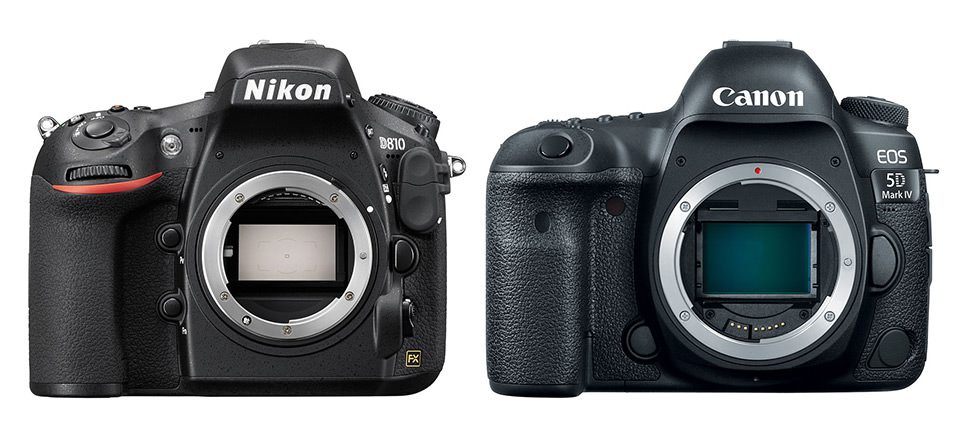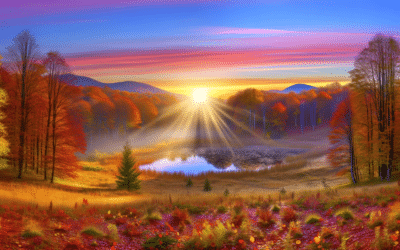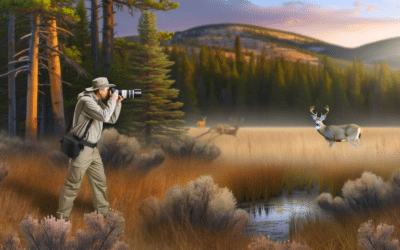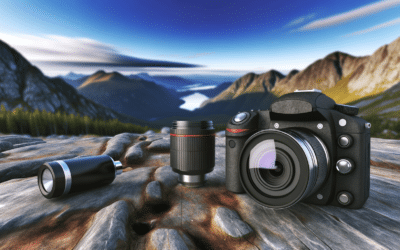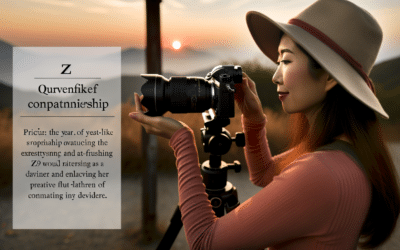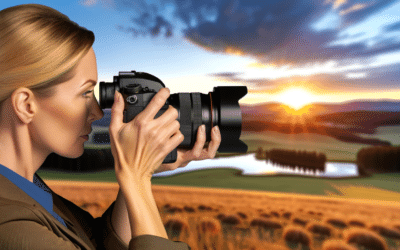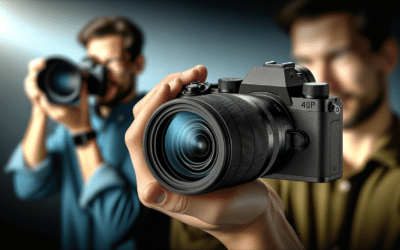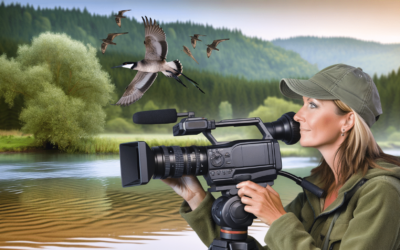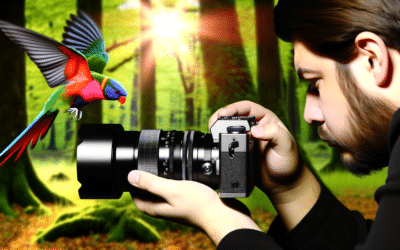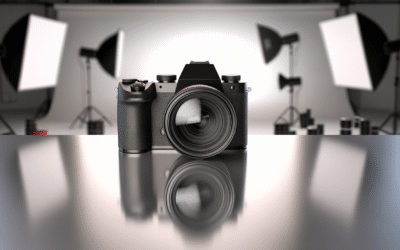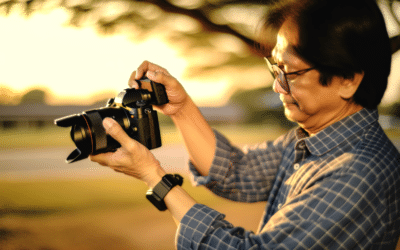Nature photography is a genre that requires a photographer to have a keen eye for detail, a love for the natural world, and equipment that can handle the challenges of capturing the beauty of nature. The camera is one of the most important tools for a nature photographer, and choosing the right camera can make all the difference in the final images produced. In this article, we will delve into the features of two of the most popular cameras for nature photography, the Nikon D810 and the Canon 5D Mark IV, and explore why the Nikon D810 is the superior choice for nature photographers.
Resolution
One of the primary factors that separate the Nikon D810 from the Canon 5D Mark IV is the resolution of the camera’s sensors. The Nikon D810 boasts a 36.3-megapixel sensor, while the Canon 5D Mark IV’s sensor has a resolution of 30.4 megapixels. This difference in resolution may not seem like much, but it can have a significant impact on the final image. More resolution means more detail and greater flexibility in post-processing, which is especially important in nature photography where the smallest details can make a big difference in the final image.
Dynamic Range
Dynamic range is another important factor to consider when choosing a camera for nature photography. The dynamic range of a camera refers to its ability to capture detail in both the brightest and darkest parts of an image. The Nikon D810 offers a wider dynamic range than the Canon 5D Mark IV, which means it can capture more detail in challenging lighting conditions. This is a significant advantage for nature photographers who often deal with changing light conditions when shooting outdoors. With a wider dynamic range, the Nikon D810 can capture more detail in both the highlights and shadows of an image, resulting in a more dynamic and detailed final image.
Low-Light Performance
Nature photographers often find themselves shooting in low-light conditions, such as early mornings or late evenings. The Nikon D810 excels in low-light situations, thanks to its impressive ISO range. The camera’s ISO range goes up to 64,000, which means it can capture usable images in very low-light situations. The Canon 5D Mark IV’s ISO range only goes up to 32,000, which can limit its usability in low-light situations. This means that the Nikon D810 is the better option for nature photographers who need a camera that can perform in a variety of lighting conditions.
Image Stabilization
Image stabilization is another important feature to consider when choosing a camera for nature photography. The Nikon D810 offers better image stabilization than the Canon 5D Mark IV, thanks to its built-in vibration reduction system. This system can compensate for camera shake and allow for sharper images, even at slower shutter speeds. This is particularly useful for nature photographers who may be shooting handheld and don’t have the luxury of a tripod. While the Canon 5D Mark IV also offers image stabilization, it is not as effective as the Nikon D810’s system.
Customization Options
Customization options are important for any photographer who wants to make quick adjustments to their camera settings. The Nikon D810 offers better customization options than the Canon 5D Mark IV, with a more intuitive menu system and a greater number of customizable buttons. This allows for quicker access to frequently used settings, which can be a huge advantage for nature photographers who need to make quick adjustments to their camera settings in order to capture the perfect shot.
Rugged Build
Finally, a camera that is built to withstand the challenges of nature photography is essential for any serious nature photographer. The Nikon D810 is a more rugged camera than the Canon 5D Mark IV, with a magnesium alloy body that is both weather-sealed and dust-proof. This makes it the perfect choice for nature photographers who need a camera that can take up to lots of punishment.
Fall Foliage Photography Tips
The allure of the fall season draws numerous photographers to the world's most picturesque spots. Capturing the autumnal...
Hunting with a camera: 12 tips to take your wildlife photography to the next level
Wildlife photography is a hobby that requires significant dedication due to its complexity. Those who wish to excel in this...
OM System OM-1 review
The OM System OM-1 is a high-end Micro Four Thirds mirrorless camera that marks a new era for the company formerly known as...
One Year With the Nikon Z9
After spending a year within the confines of a camera bag, it's appropriate to reflect on the inaugural year with a camera that...
FujiFILM X-H2 Review
The Fujifilm X-H2 is a professional-grade APS-C camera that boasts a high-resolution 40.2MP sensor, producing detailed images...
Fujifilm X-H2 in-depth review
The Fujifilm X-H2 is a 40MP APS-C mirrorless camera that excels in both still photography and video recording, offering 8K video...
6 Essential Tips for Shooting Video of Wildlife
Wildlife videography is increasingly popular, and there are key tips for beginners to create engaging stories. A compelling...
As Good as a $6,000 Camera? OM System OM1 Review Update
The OM System OM1 camera has received significant improvements through firmware updates, the latest being version 1.3, which...
Sony A7R V Review
Review of the Sony A7R V: Shooting Experience Originally previewed by Jeremy Gray on 10/26/2022, the Sony A7R V has since been...
Sony a7RV in-depth review
The Sony a7R V is a full-frame mirrorless camera that stands out for its high-resolution 60MP BSI CMOS sensor. It boasts...
Canon EOS R6 MK II Review
Less than three years ago, Canon launched its first two truly impressive full-frame mirrorless cameras – the 45MP Canon EOS R5...
Putting the New Canon R6 Mark II Through Its Paces
The Canon EOS R6 Mark II mirrorless camera stands out for its performance in low light and high-speed situations, as experienced...
